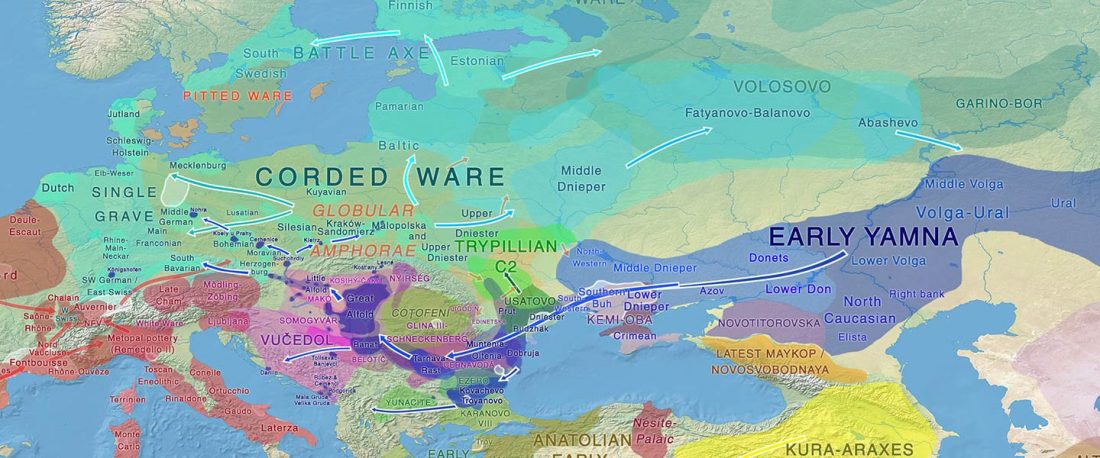Alex Repin
Regular Member
At the suggestion of M. Gimbutas ("Kurgan Hypothesis"), it is generally accepted that the Yamnaya Culture is the source of Indo-European expansion into Europe. But now it is already clear that the Yamnaya Culture is not Indo-European. According to paleogenetic data, it is the result of a mixture of ethnic groups, carriers of the R1b and J haplogroups ... Funeral rites for the Yamnaya Culture and IE are clearly different. If all this is true, the question arises: what exactly did the Yamnaya Culture give for the emergence of the Indo-European community, besides carts, metallurgy and kurgan's? The question is debatable





